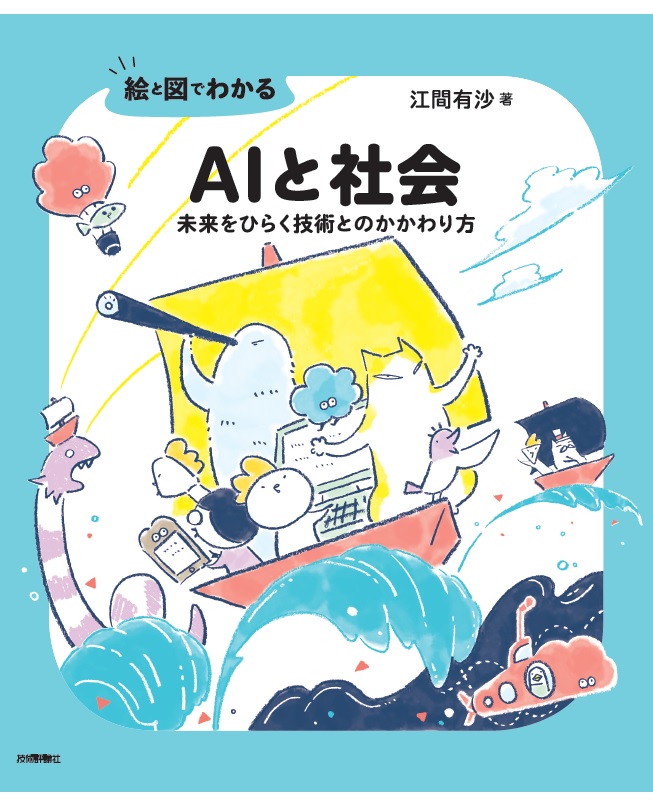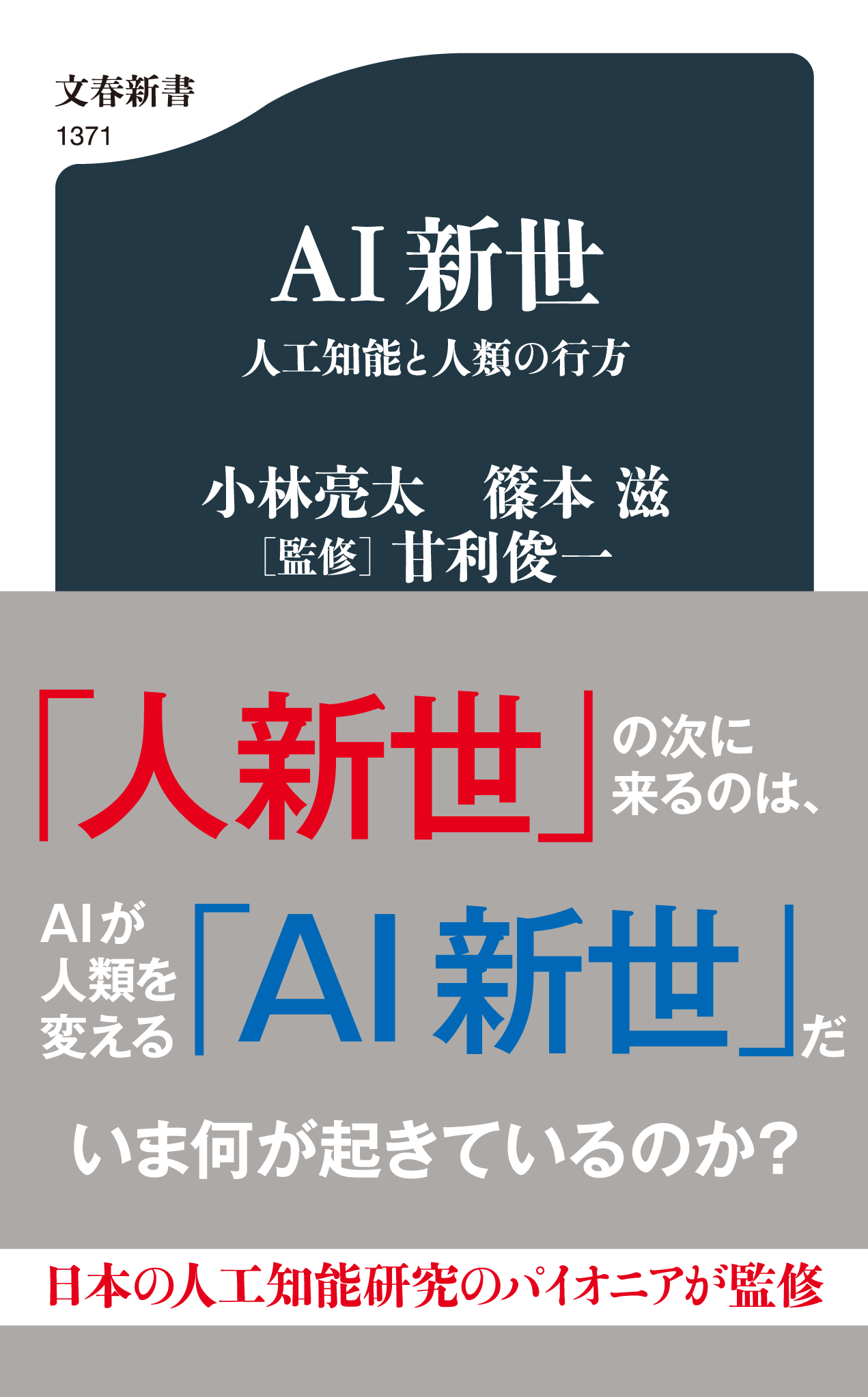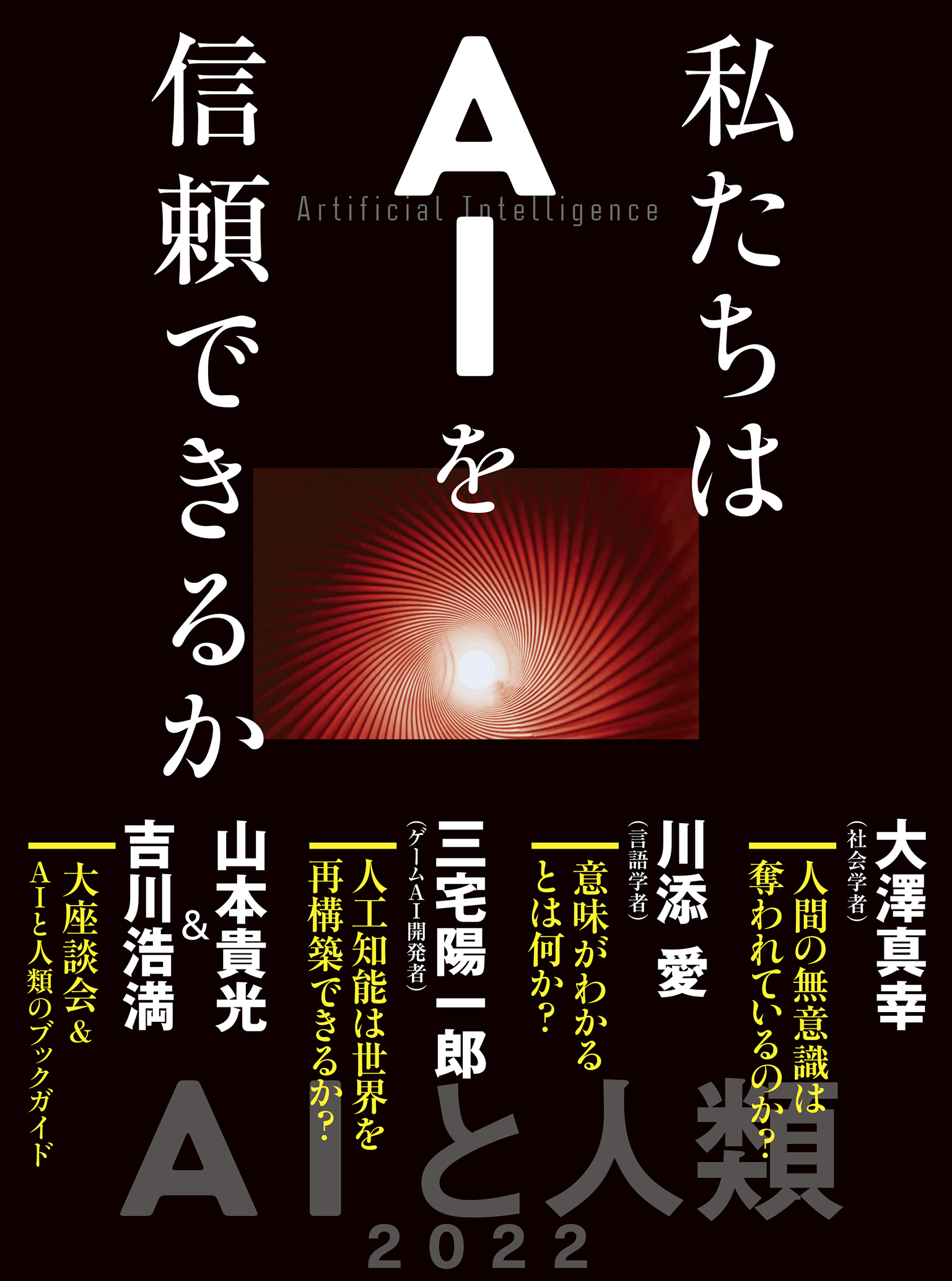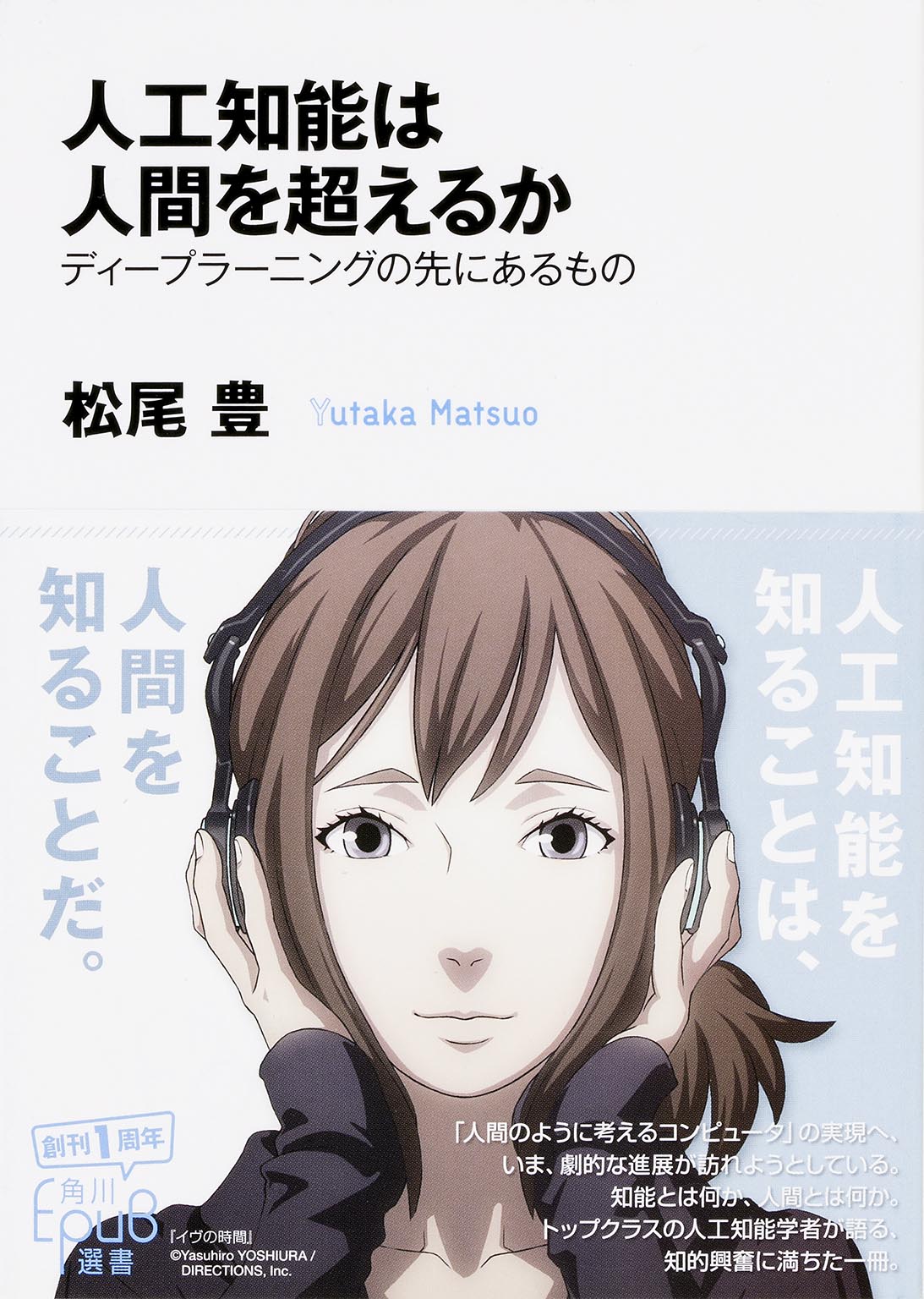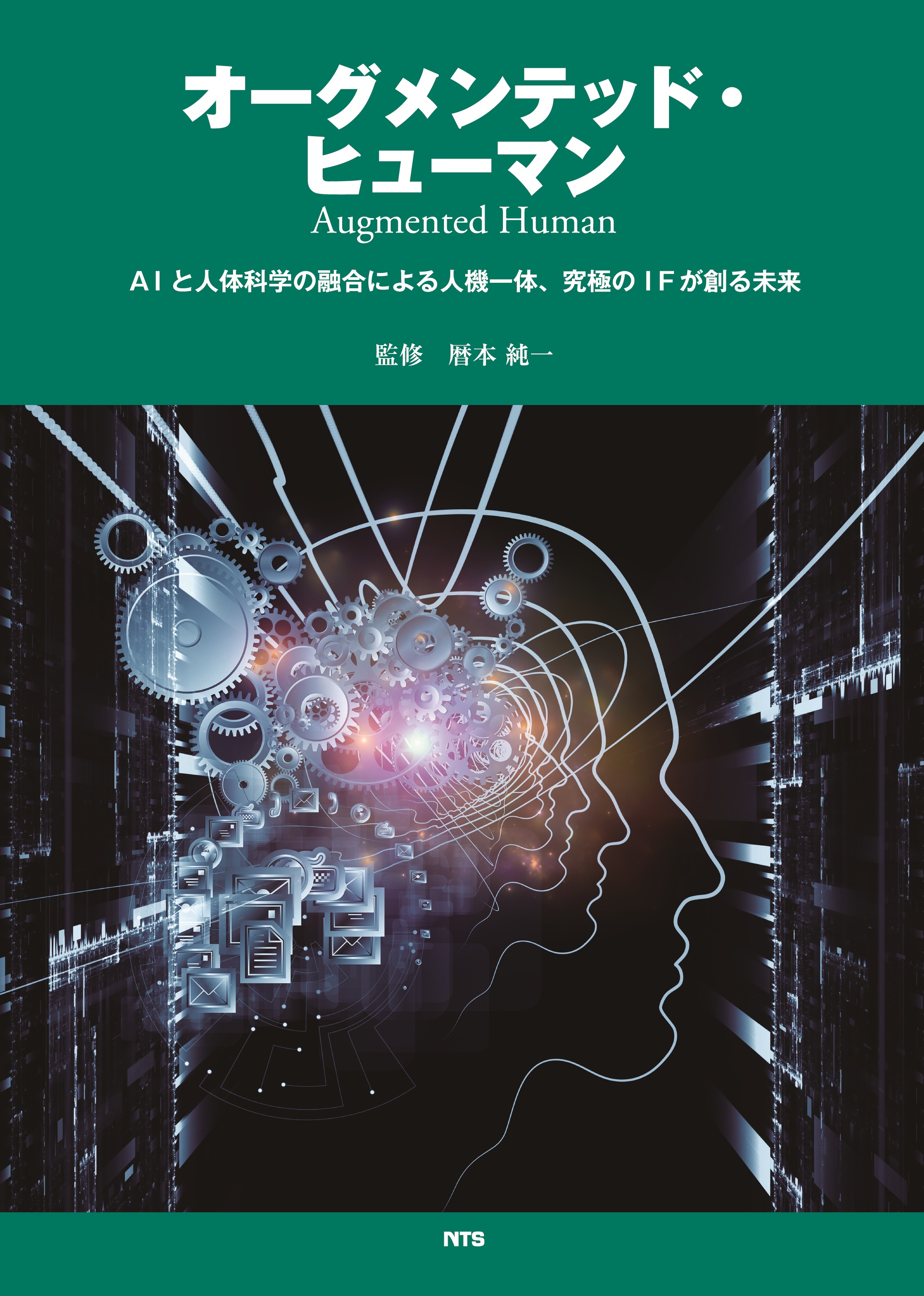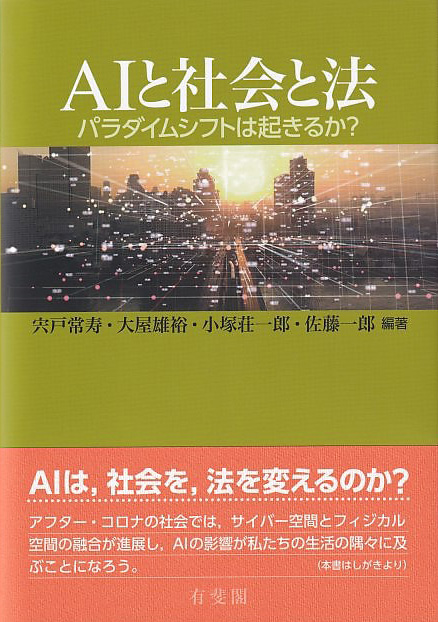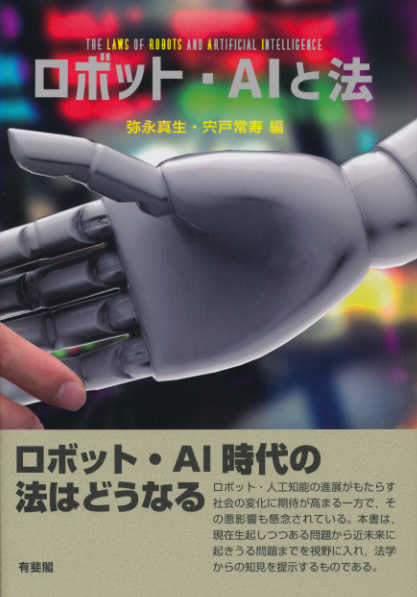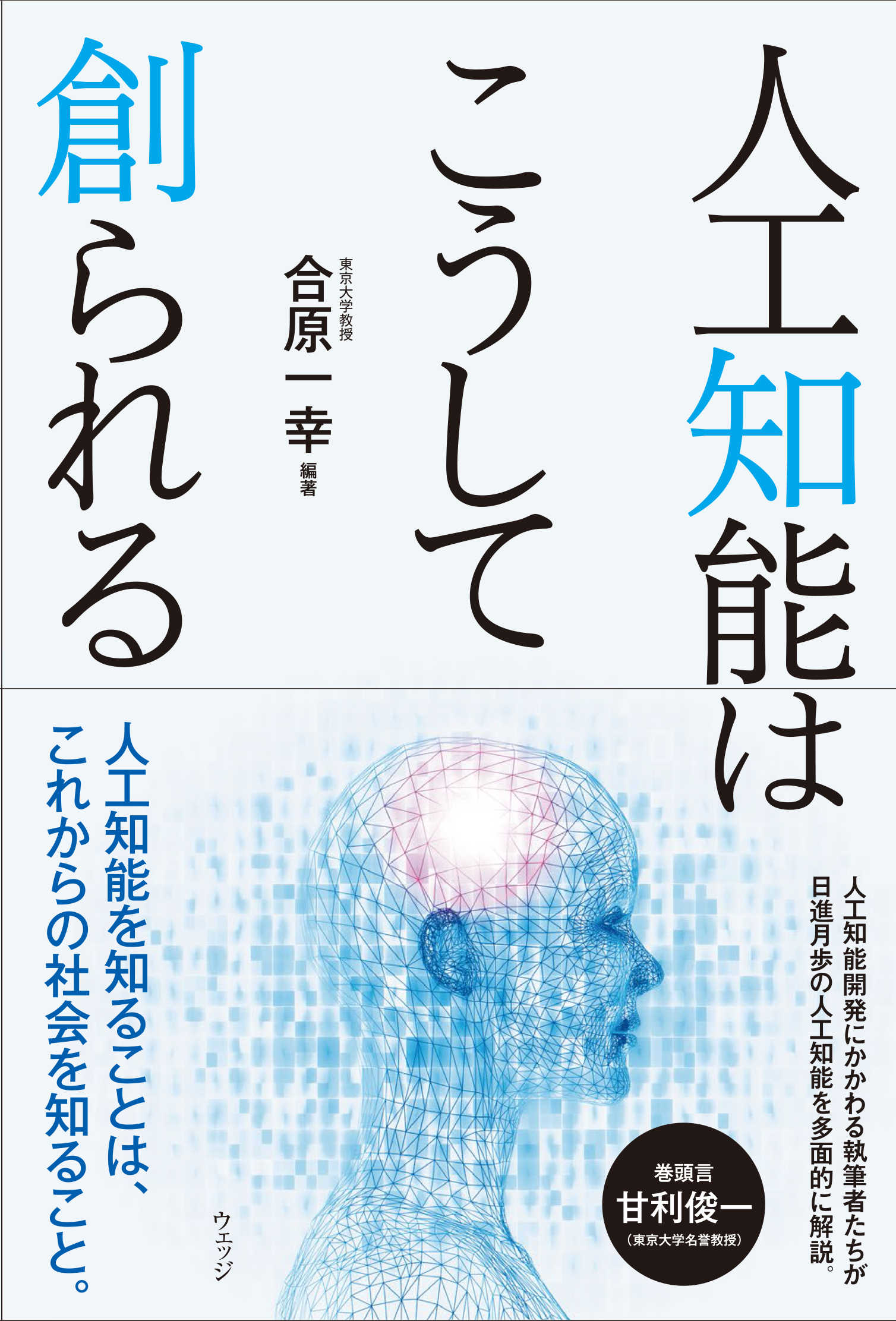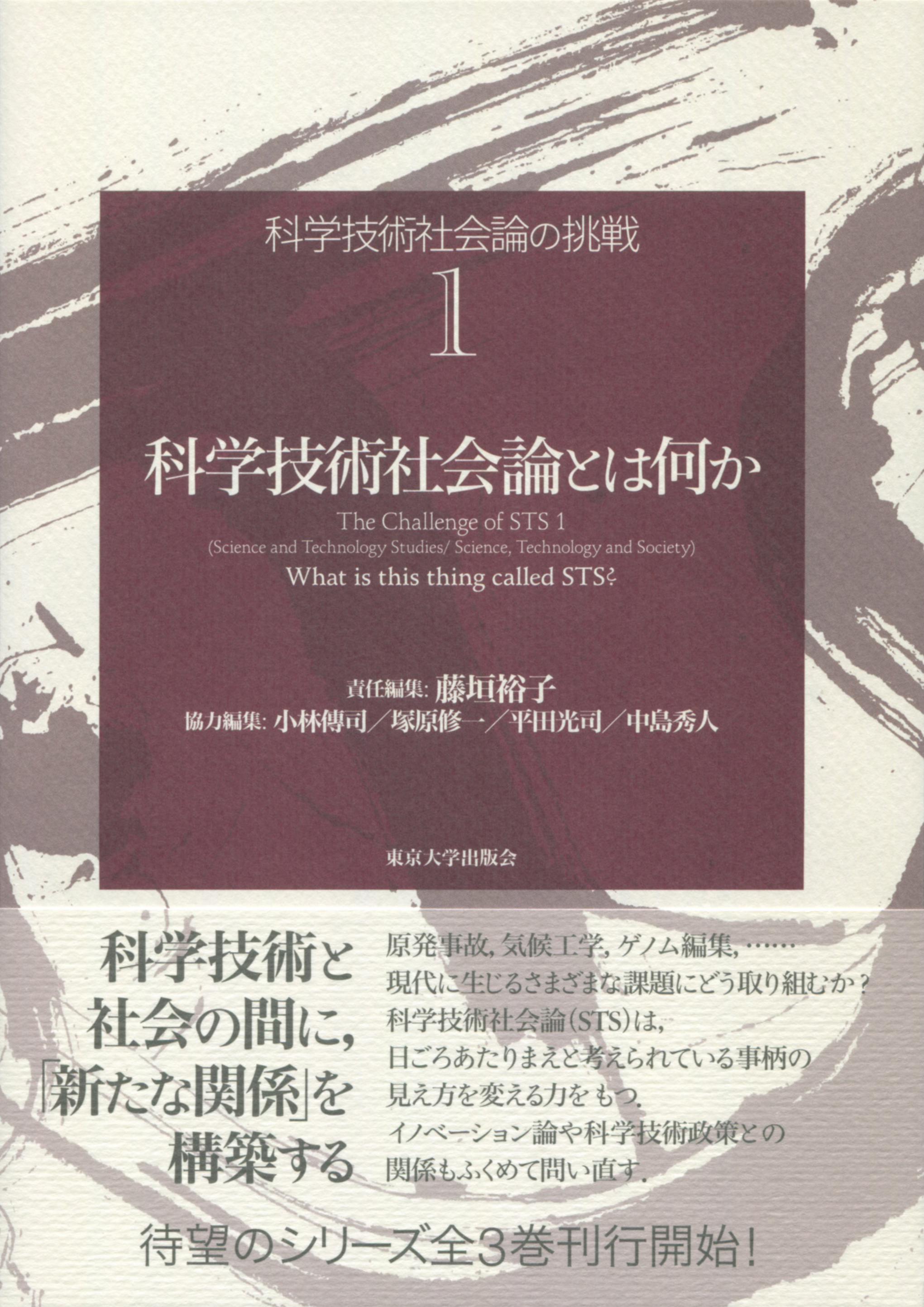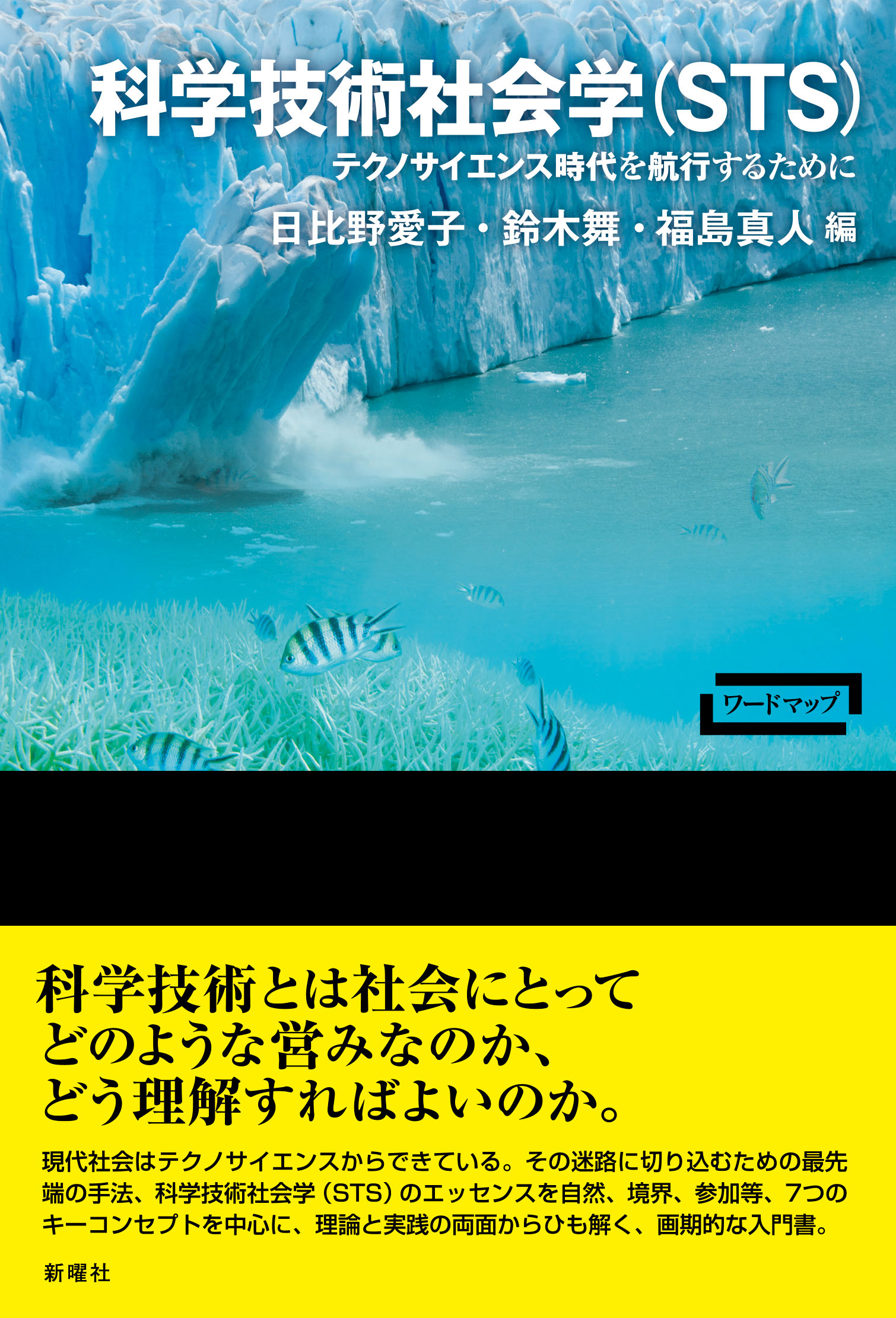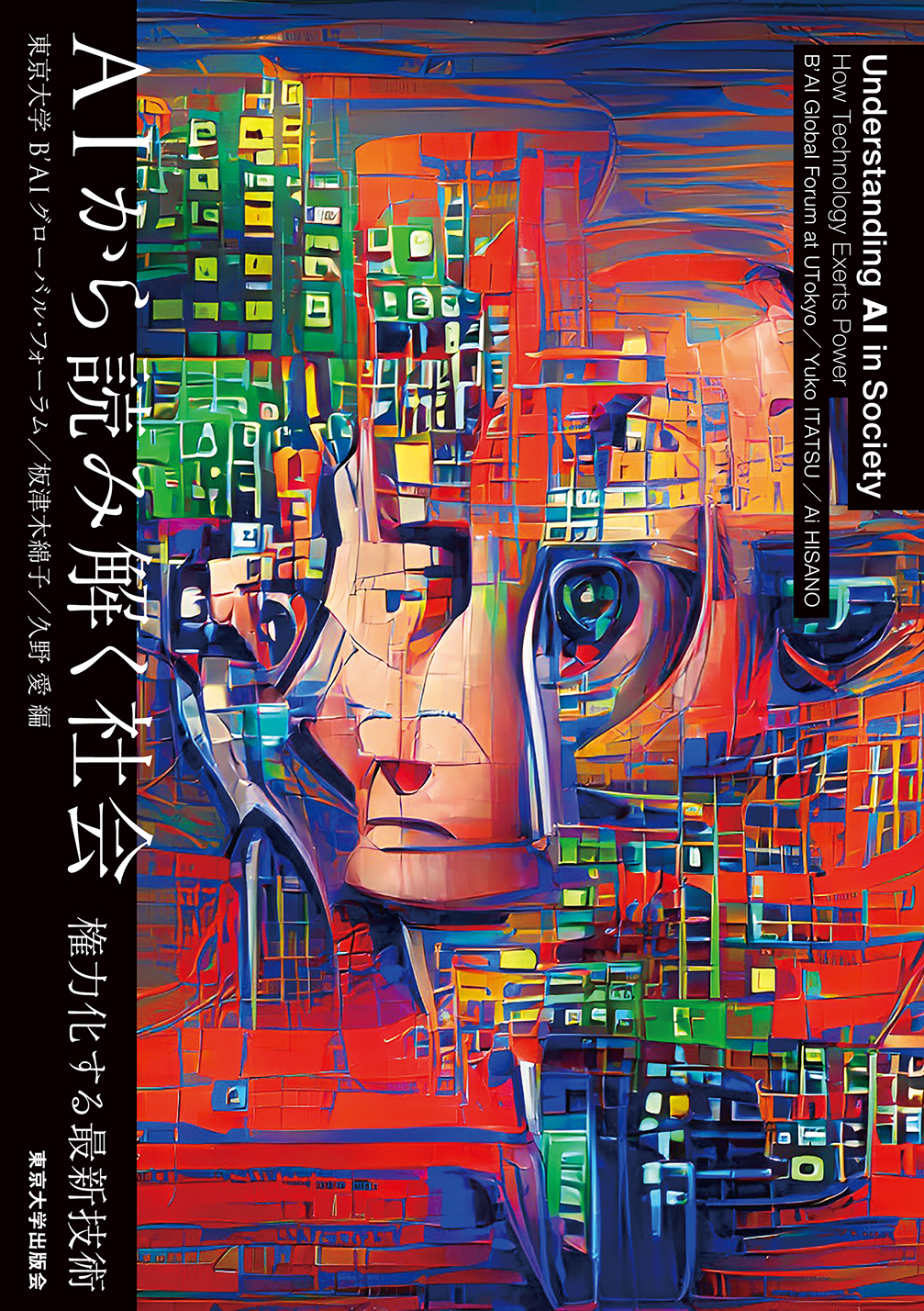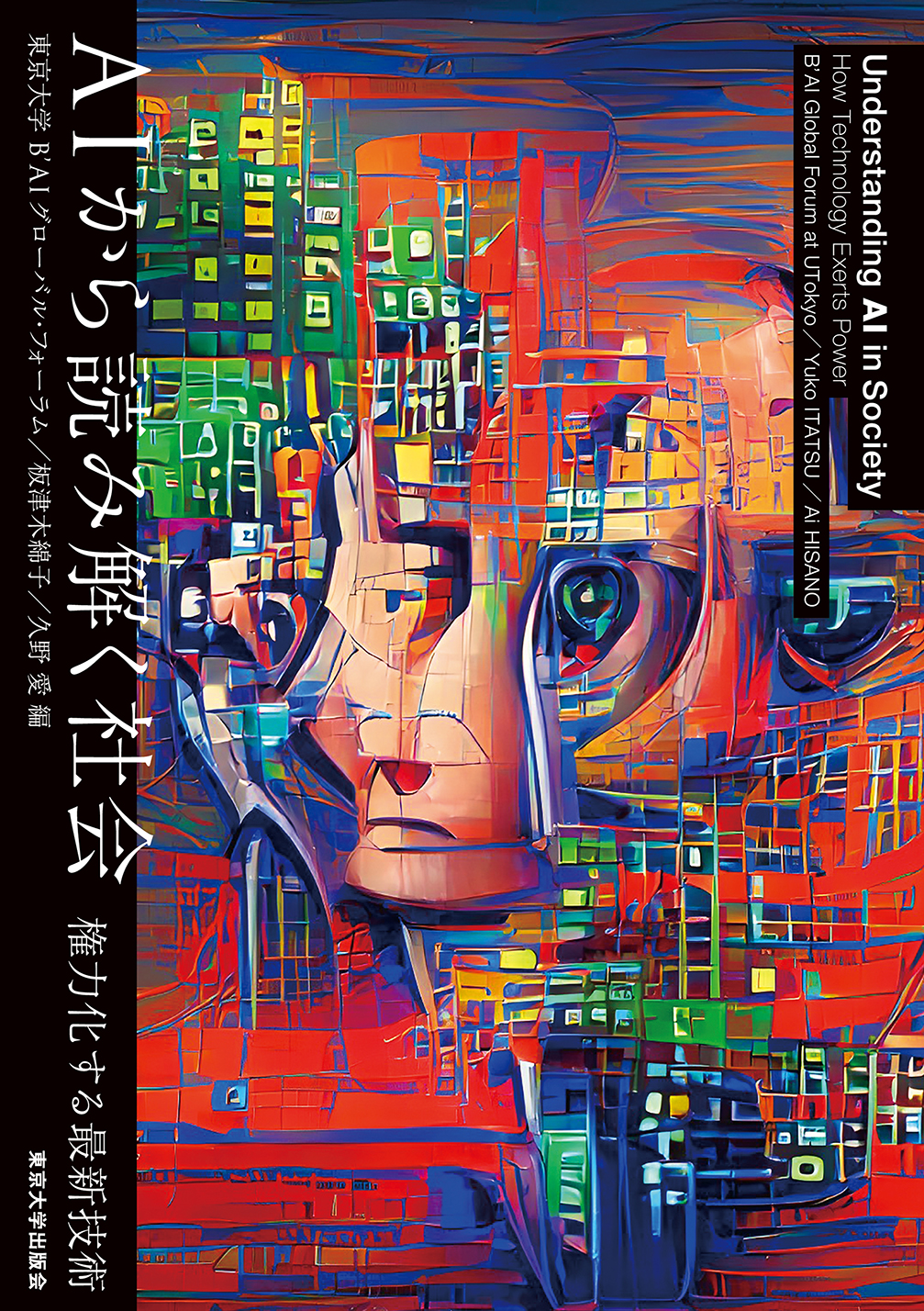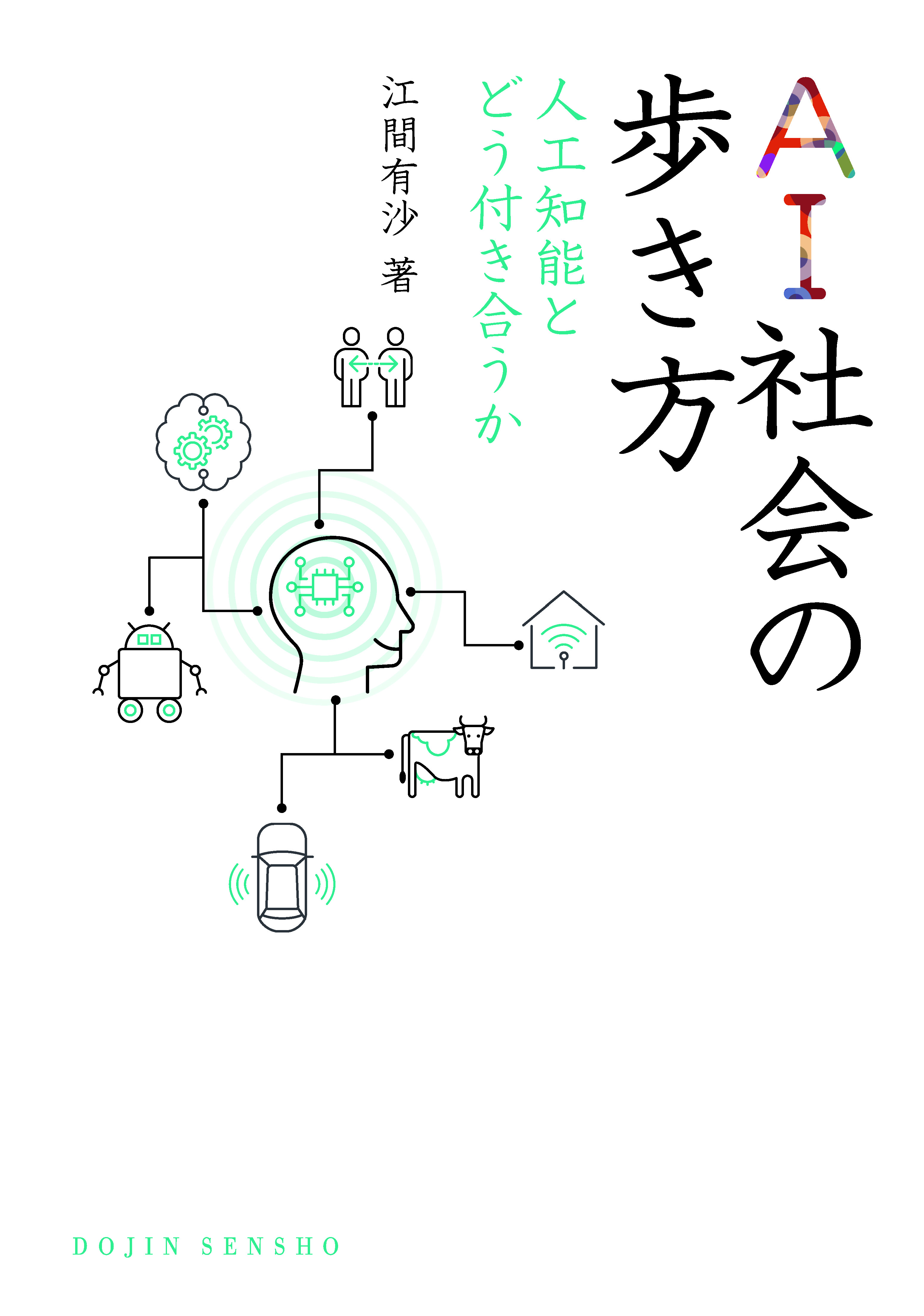
Title
DOJIN Sensho AI shakai no arukikata (A traveler’s guide to the AI society: How should we deal with AI?)
Size
272 pages, B6 format
Language
Japanese
Released
February 20, 2019
ISBN
9784759816808
Published by
Kagakudojin
Book Info
See Book Availability at Library
Japanese Page
As of 2019, not a single day passes without us coming across the term Artificial Intelligence (AI). AI is used in a variety of contexts, including research, marketing, philosophy, and science fiction. What is AI? How should we deal with AI?
In the Introduction, I stated that I would not uniquely define AI. The concept and existence of AI extends beyond the fields of medicine, agriculture, finance, and services. In addition, the knowledge of various stakeholders, including engineers, policymakers, NPOs, industries, and researchers of the social sciences and humanities, is required to consider its utilization. Concepts and objects used across a vast array of stakeholders connect people from different disciplines. Everyone can talk about AI in their own words. Talking about AI is talking about societies. Utopia, which is expected, and dystopia, which might be too real, reveal the aspirations and concerns of these talking individuals and communities.
The research field of STS (there are two abbreviations: Science and Technology Studies; and Science, Technology and Society), which I specialize in, has the aspect of "Studies," which points out issues in science, technology, and society, as well as the aspect of "Interacting with Society," which considers countermeasures against issues. The important thing is to avoid getting into a fine definition-related debate and sort out what each group expects by and perceives as challenges in using the term AI, creating a community and people that act as a boundary-spanner to bridge among the different groups.
This book introduces the expectations and challenges of each field and community: AI technology challenges by engineers (chap. 1), Science and technology policy on AI (chap. 2), Business and social applications and impacts of AI (chap. 3), Philosophical, ethical and legal perspectives (chap. 4). Each community is not fragmented but related. Therefore, between chapters, a short story of a group travelling through their communities is included. The last chapter concludes by mentioning the possibilities and challenges of the people themselves who act as a boundary-spanner that bridges among the various fields.
As described in the Afterword, this book can be named "AI community infiltration record: 2014-2018." As someone who both “studies" and “bridges" the AI community, I was deeply involved in AI academic societies, industry associations, and science and technology policies in the process of "infiltration." Researchers need to be aware that they are bound by certain values and common sense. Therefore, chapter 5 describes my position as objectively as possible, and one of the features of STS is to look back critically and reflectively on one’s position and interests.
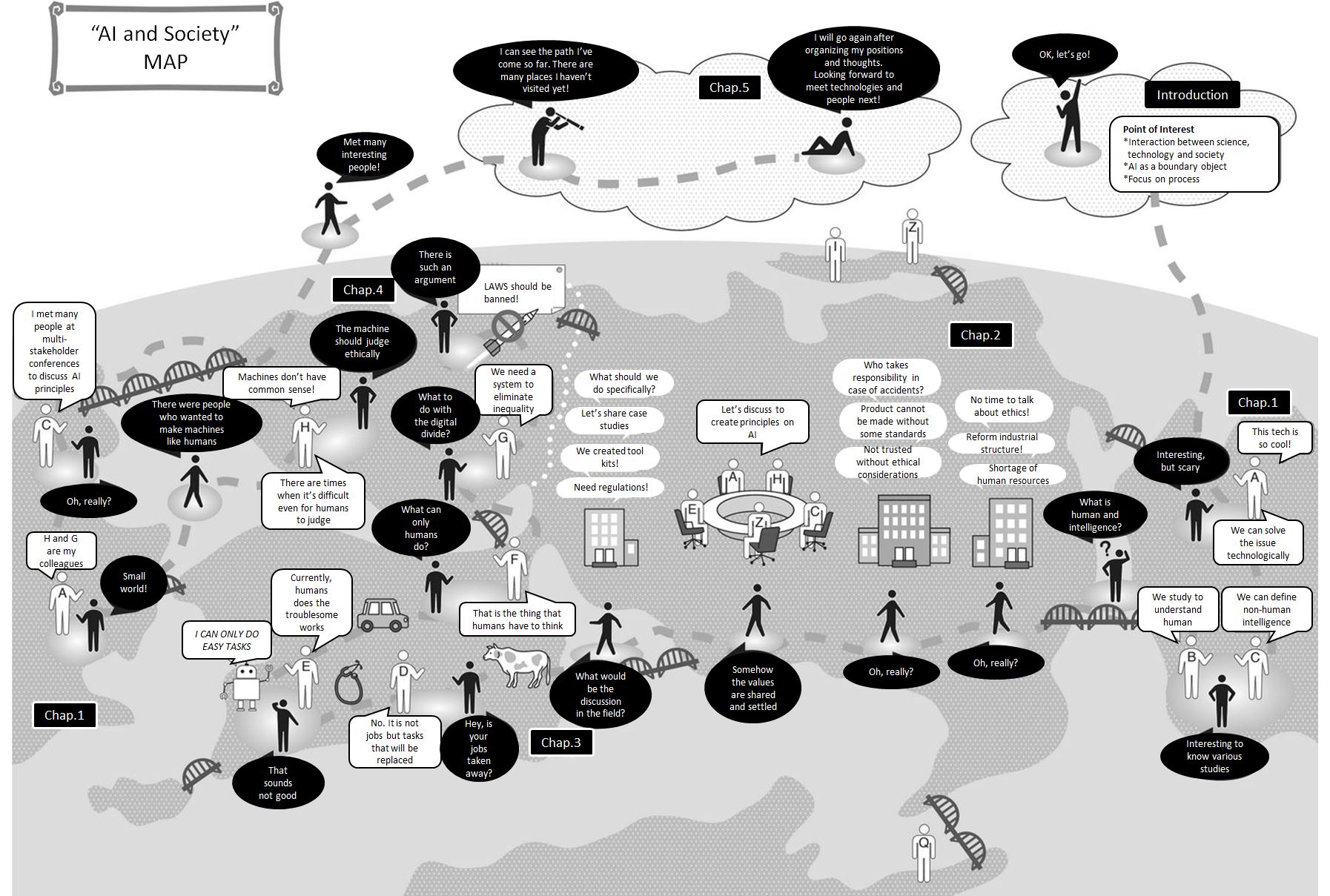
“AI shakai no arukikata” p,240-1 (translated by the author)
(Written by EMA Arisa, Project Assistant Professor, Institute for Future Initiatives / 2019)
Table of Contents
The book's point of view: STS, a field of study/Introduction of key concepts/Structure of the book/About short story
Short Story 1 Prologue
Chapter 1 What Can Artificial Intelligence Do?
I The types of artificial intelligence research
Rules and knowledge-based AI/ Probability and statistics-based AI/ Self-learning AI/ Trial and error-based AI/AI used in combination/AI as "technology yet to be seen"
Short Story 2 If it's not DL, it's not AI
II Technical challenges
Pre-technology challenges/Fairness and Bias/Accountability, Transparency and Trust/Malicious Attacks/Beneficial AI Research
Short Story 3 AI mind
III "Technology yet to be seen" and the dreams of researchers
The Path to General Artificial Intelligence/The Feasibility of Artificial Intelligence to Compete with Humans/Intelligence Unseen by Humans/Not Too Late Discussions
Column 1: The Age of Artificial Intelligence Winter
Short Story 4 After one night
Chapter 2 The values related to AI
I AI as a catalyst for innovation
Awareness of crisis in Japan/Issues related to investment strategy/Issues related to industrial structure/Issues related to human resource development/Ethical issues
Short Story 5 Start and go to the capital
II Outline of points of dispute concerning "AI and ethics"
Research(ers) ethics/AI ethics/Ethical AI
Column 2 Feasibility of AI Ethics and Ethical AI
Short Story 6 At the capital
III Shifting discussions from WHAT to HOW
Academic toolkits/Industry best practices/AI governance/Japanese challenges
Short Story 7 To the West
Chapter 3 AI in society
I Users and non-users concerned with the practical application of AI technology
Users and non-users/Blurring of barriers between stakeholders
Short Story 8 Rabbit shop
II Work and technology
Are we going to lose our jobs? / Works are not taken, it's a creative rearrangement of tasks
Column 3 Task Separation Workshop
Short Story 9 Mouse Tasks
III Working styles and roles of experts
Efficiency through mechanization/Fear of efficiency/Creation of new value/Skillful use of time/Barriers in transition
Short Story 10 Guard
Chapter 4 When AI immerse to societies
I A glance at the basic human rights
Stack and challenge existing systems/ Rules to protect others and oneself/Non-users and technology/Use data while protecting it
Column 4 AI and Inclusion Symposium in Brazil
Short Story 11 Critical Thinking
II Ethical/Moral machines
Human being as black box /Reward Function and machines without common sense/ Trolley problem as Thought Experiment/Ethical Dilemma: Can AI have Emotion?
Column 5 Welcomes AI as a member of society
Short Story 12 One must not do it
III Prohibited, not considered as risk
Lethal autonomous weapons systems/AI to improve performance/Man-machine fusion
Short Story 13 Experiments
Chapter 5 How to deal with AI
I As STS researchers and practitioners
Insider outsiders/Bridging stakeholders/People who create a community where they can set fire with peace of mind
Column 6 Thinking About Dystopia: Project Emerg
Short Story 14 Reveal
II A discordant argument
Again, "What is AI?"/Different concepts among disciplines/Mismatch on needs and seeds/ Differences in expertise, values and context/Rhetoric told as "Risk"
Short Story 15 New Wind
III To the next step
Reviewing and connecting each chapter/Discussion platform/Next steps
Short Story 16 Epilogue: End of the Beginning
Conclusion
Afterword



 Find a book
Find a book


 eBook
eBook